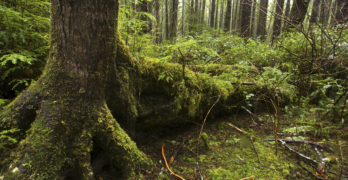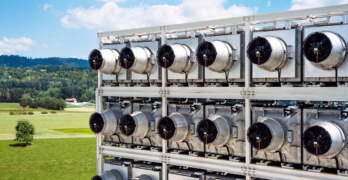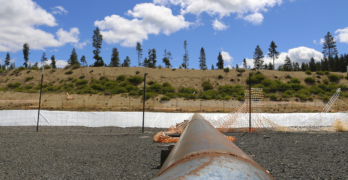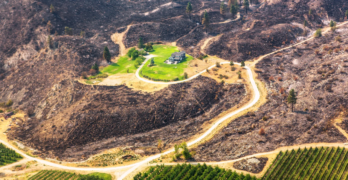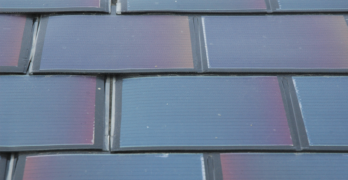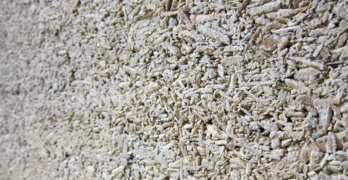Scientists have found it tough to settle on a precise definition for old-growth forests. There’s no single formula to determine what is considered an “old” tree, and growth rates among tree species are varied.
How feasible is so-called Direct Air Capture as a tool in mitigating runaway climate change?
The United Nations has emphasized limiting global temperature increase to 1.5°C above pre-industrial levels to mitigate the severe impacts of climate change and ensure a habitable planet.
What are some New Year’s Resolutions I can make to help the environment?
Given the escalating environmental challenges facing our planet, directing some of our New Year’s aspirations toward eco-conscious endeavors can make a tangible difference. Luckily there are lots of ways to put your resolve to work for the planet.
What’s the deal with food dyes in sodas and other drinks? Are they really bad for us, and how can we avoid them if so?
Food dyes have been a controversial ingredient in sodas and various beverages for decades, due to concerns about their potential health risks. These dyes are synthetic color additives used to enhance the visual appeal of foods and drinks.
The holiday season brings so much food and packaging waste. What can I do to be part of the solution?
We all love the holiday season for its traditions and gift-giving, but environmental advocates worry about the extra waste we generate between Thanksgiving and New Year’s. Americans produce 25 percent more trash over the holidays than the rest of the year. So, what’s an eco-conscious holiday lover to do?
Why are ecologists so bullish on “enhanced geothermal” power plants, and how do they differ?
Geothermal energy is energy derived from the natural heat beneath the Earth’s surface. The word geothermal comes from the Greek “geo” (for earth) and “therme” (heat).
What sort of environmental toll are the major military conflicts going on around the world now taking?
No one questions the fact that war is horrible, and it is no less so for the environment. And recent major conflicts in Eastern Europe and the Middle East couldn’t come at a worse time politically as international negotiators try to broker a deal to rein in carbon emissions against the backdrop of two active wars.
What is firescaping and what’s the connection with native plants?
Firescaping involves designing a landscape to fireproof a property while maintaining aesthetic appeal. By thoughtfully choosing and arranging plants and construction materials, the likelihood of igniting a fire can be significantly reduced.
Do solar shingles make sense or are they still too newfangled to trust?
Going solar is becoming an increasingly appealing choice for homeowners looking for sustainable energy solutions. Solar shingles are an innovative and aesthetically pleasing alternative to traditional solar panels, thanks to advancements in solar technology.
Why is concrete production bad for the planet? Are there sustainable options?
Concrete is undeniably one of the largest contributors to environmental degradation around the world, not just because it is used to pave over nature but also because of its huge production and distribution carbon footprint.
- « Previous Page
- 1
- …
- 12
- 13
- 14
- 15
- 16
- …
- 33
- Next Page »
